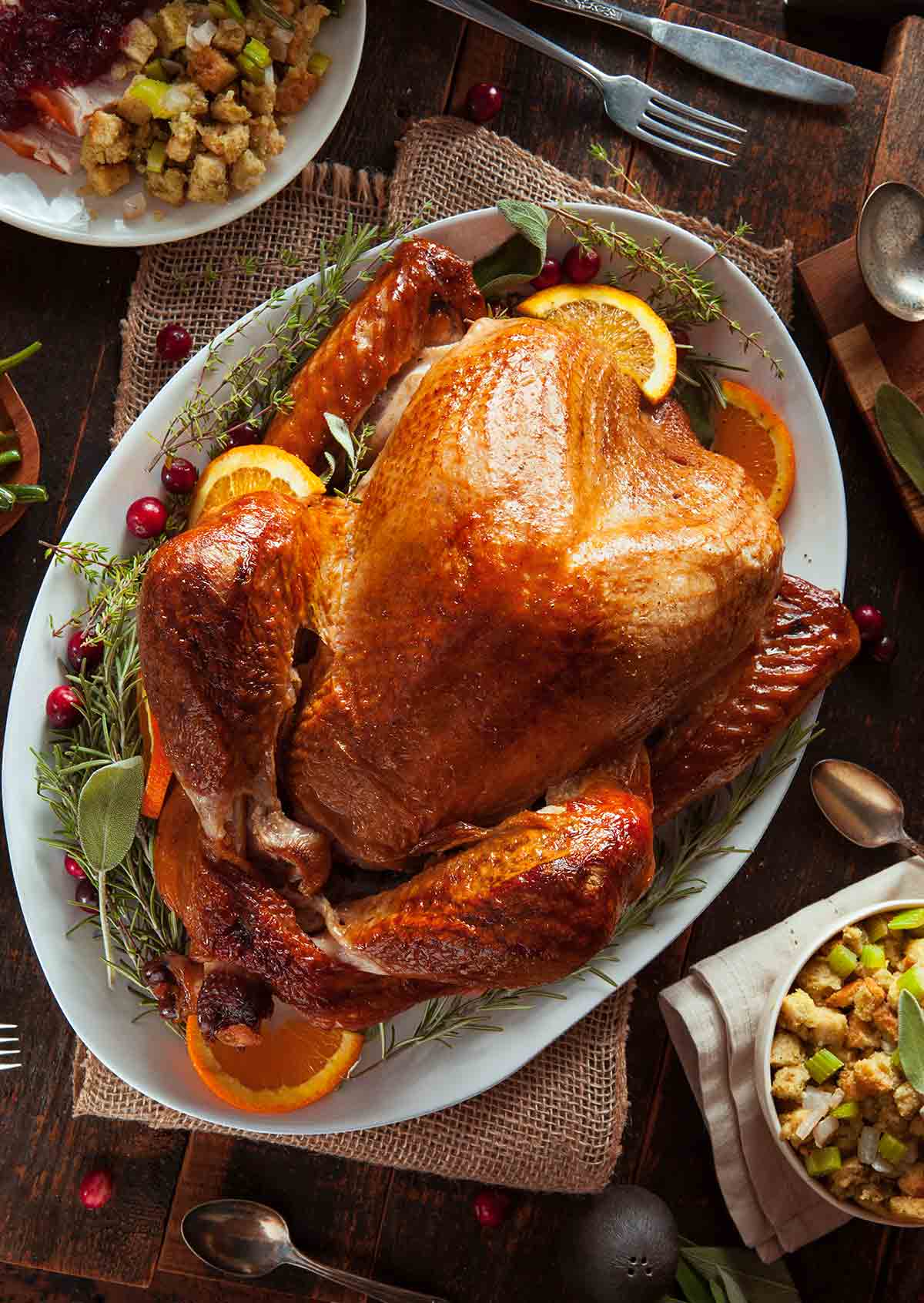
Are you wondering when you should buy your Thanksgiving turkey? What size to get? How to store it? Or what the hell do all those different labels mean? Fear not. We’ve got you covered.
This month, millions of us will find ourselves standing, dazed and confused, at butcher shops, supermarkets, hoity-toity gourmet stores, and farmers’ markets, wondering how to buy a turkey.
Once again we’ll be confronted, as we are each November, with every conceivable type of turkey slapped with labels that seem logical…but are anything but. Read on.
What do all those turkey labels mean?
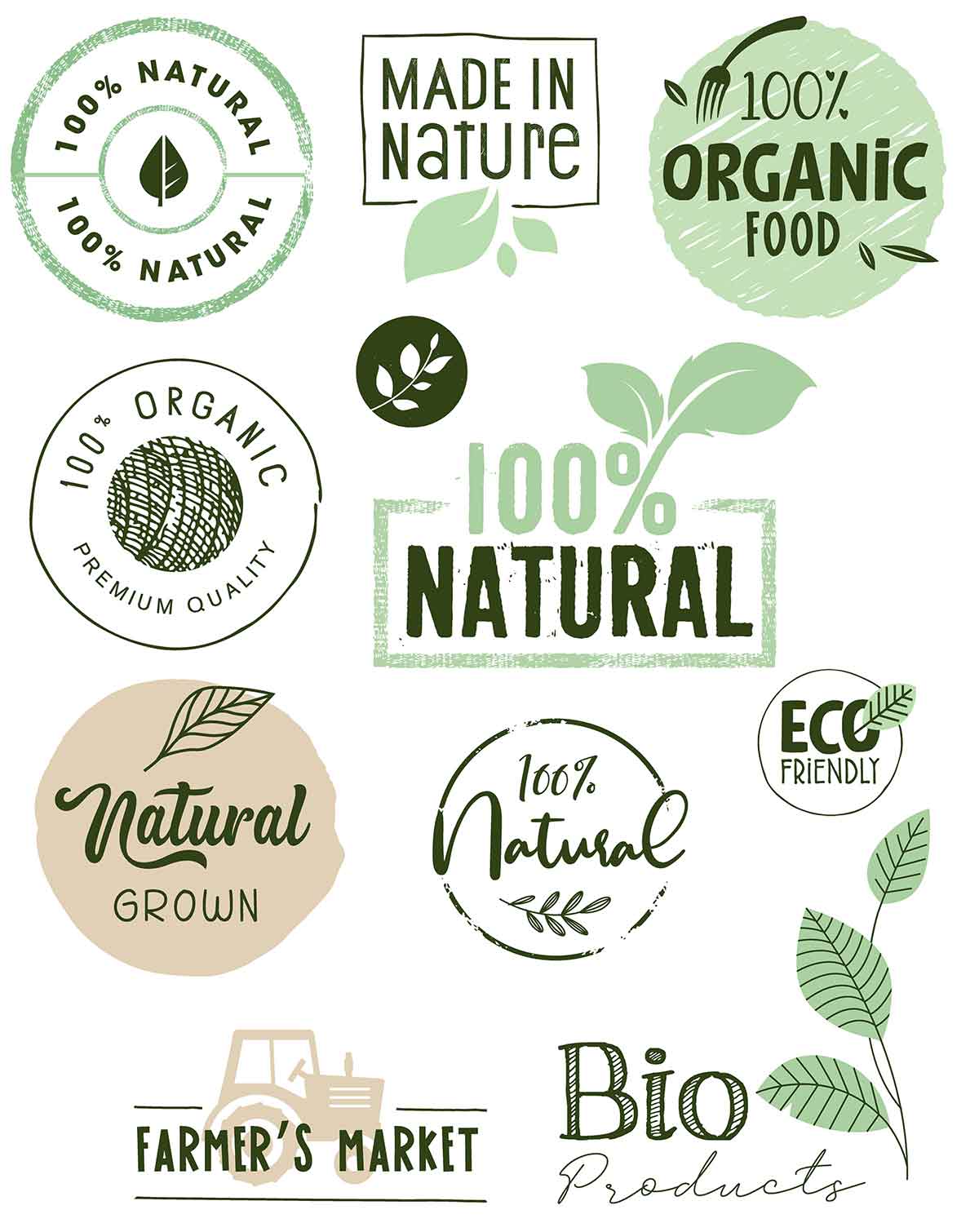
Fresh. Frozen. Free-range. Organic. Kosher. Natural. Heritage. Self-basting. Wild.
With such a litany of ill-defined and largely unregulated information bombarding us, the task of choosing a bird for that holiest of holy food days can range from haphazard to hand-wringing.
So I decided to find out once and for all what these damn terms mean, and which ones will cause spontaneous choruses of “We’re having Thanksgiving at your house again next year!” from your guests.
☞ GOT THANKSGIVING QUESTIONS?: WE’VE ANSWERED 99 OF YOUR BIGGEST
Natural
“Natural” is a very loosely regulated term for a bird that–technically–contains no “artificial ingredients” or “added color.” This doesn’t mean, though, that the turkey hasn’t been treated with antibiotics. Though the term may seem reassuring, legally, this term doesn’t mean much of anything. [Editor’s Note: Sigh.] Buyer beware.
Organic
A turkey that’s labeled “organic” has been certified by a USDA-accredited certifying agency. Very official sounding, right?
The term assures that the bird wasn’t treated with antibiotics or raised on a diet containing genetically modified organisms (GMOs). It also assures that the price will be several dollars more a pound than that of most processed birds, though in my experience it’s usually worth it.
What this moniker doesn’t address is how the birds were treated while raised.
Frozen
A frozen bird is, by law, one that’s stored below 0°F. That’s right. Not the temperature associated with freezing, but well below that. (You’ll find more harrumphing about this below under “Fresh.”)
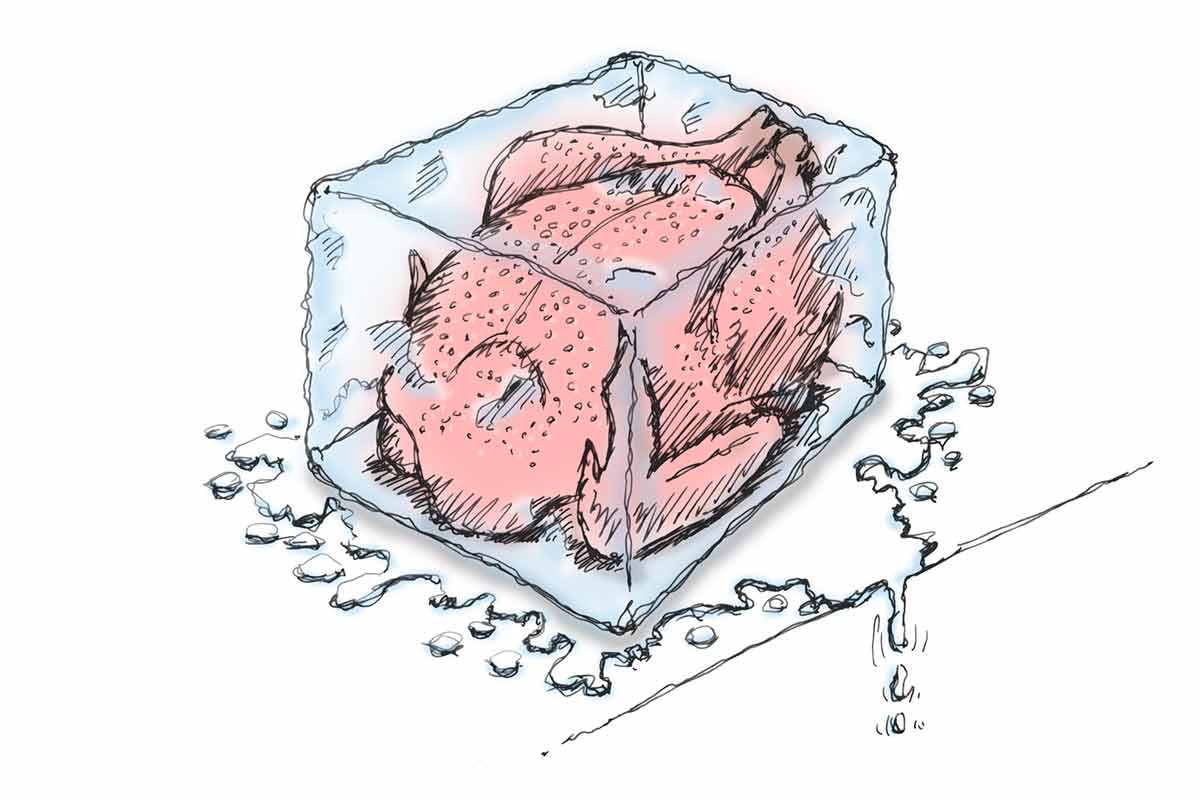
Bear in mind that thawing a “frozen” bird takes some planning. Working backward from Thanksgiving, allow one day in the refrigerator for every four to five pounds of turkey. That means a 16-pound turkey will require four or so days to thaw completely.
If you find that you still have a frozen bird-cicle come Thanksgiving morn, no need to call for takeout. Just rely on the fast-working water bath trick. The USDA also offers suggestions for microwave defrosting, but unless you have a nuke box the size of a Fiat 500L, stick with the fridge method. And never, ever refreeze a thawed turkey.
Not Previously Frozen
Technically, any turkey that’s been held between 26°F and 0°F can be labeled “not previously frozen.” I don’t know about you, but my Portuguese butt would be more than frozen at 0°F. What do the folks over at the USDA think these turkeys have running through their not-previously-frozen veins? Plutonium?
Fresh
The simple word “fresh” takes on a complex definition regarding turkeys. According to the USDA, a fresh turkey is one that’s never been kept below 26°F.
I’m not the only one to find this definition evasive. So does Todd Wickstrom, who co-founded Heritage Foods USA as a way of preserving and promoting heirloom foods in America.
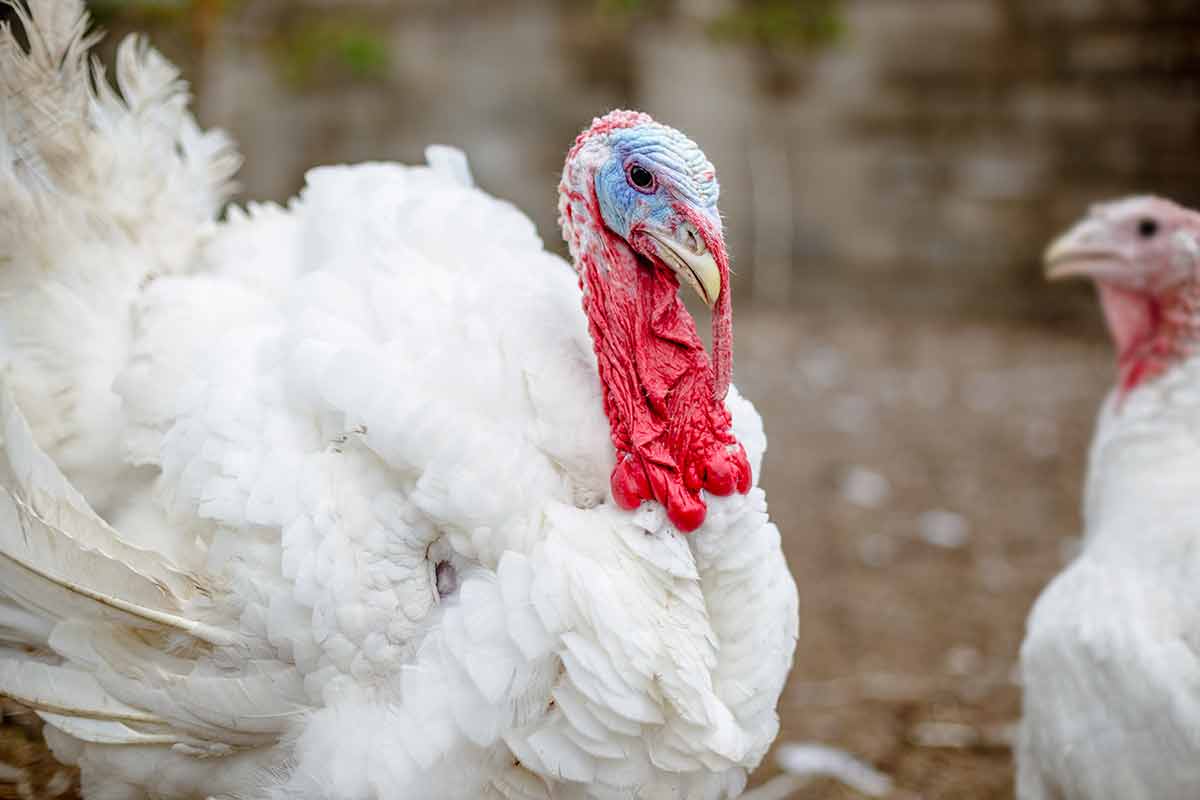
“Most [Broad-Breasted White, the bird most commonly found in grocers’ freezers] Thanksgiving birds are processed in September and October but are still labeled ‘fresh’ in November, which means they’ve been kept just above 26°F for months,” says Wickstrom.
Hmmm. Makes you wonder how “fresh” the turkeys at your local supermarket truly are.
Conversely, when most heritage or free-range turkey purveyors use the term “fresh,” they’re referring to a bird that’s been processed within days of your buying it.
Basted or Self-Basting Turkeys
These birds—many whose labels you’d recognize, though I’m not going to name names (okay, fine, I’ll just say what you’re already thinking: Butterball)—have been injected with a solution containing butter or other edible fats, broth, water, spices, flavor enhancers, and/or the vaguely described “other approved substances.”
The resulting texture can often be mushy. And the taste? I don’t know about you, but I was raised not to say anything if I can’t say something nice.
Kosher
A kosher bird has been processed according to kosher laws under rabbinical supervision. The turkey is first soaked in water for half an hour and then packed in kosher salt and set aside to allow the blood to drain. Then it’s rinsed and rinsed and rinsed to remove all traces of salt. Okay, almost all traces of salt.
What’s interesting is my grandmother Vovo Costa used to do this to her chickens all the time. As I kid, I’d open her fridge to see all sorts of birds crusted in salt. I wonder how she knew, being devoutly Catholic and all.
Wild
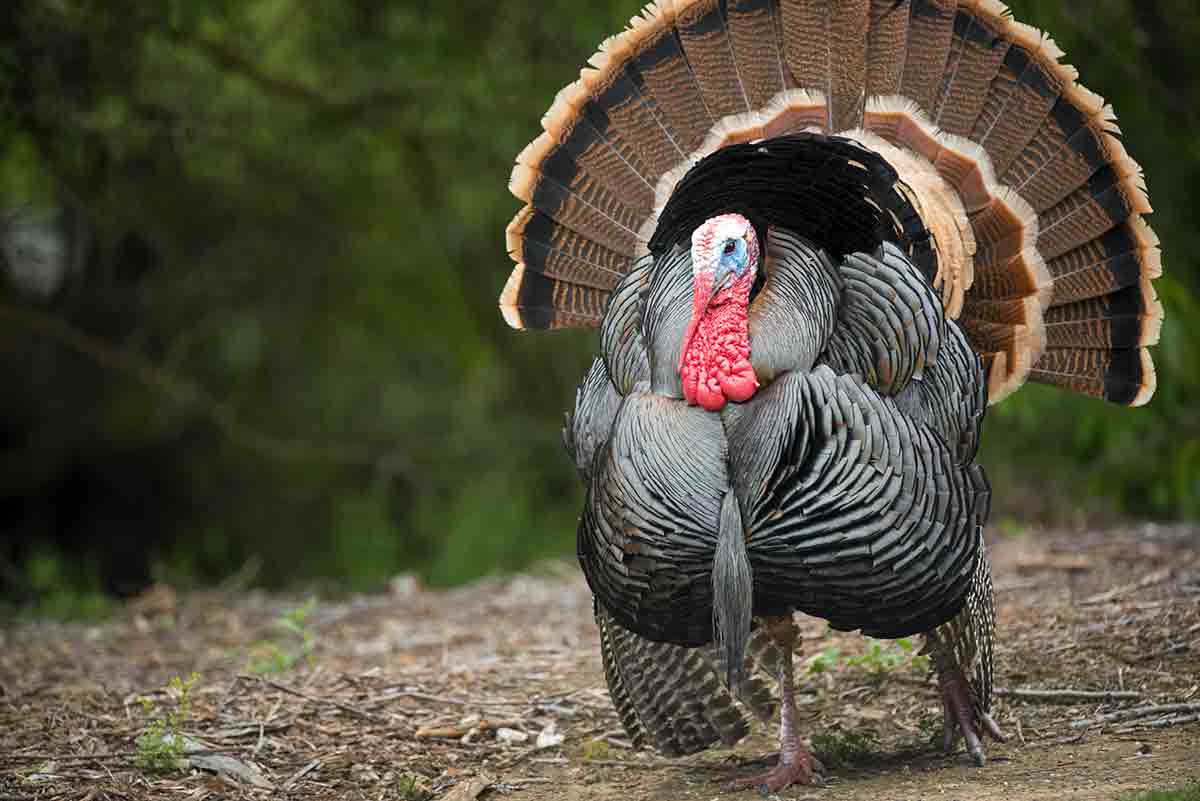
If pulling buckshot from your dinner is more your style, then sure, go for a wild turkey. Just be warned that it’s going to be smaller, gamier, drier, and quite probably tougher than what you’re accustomed to eating.
Free-Range
A turkey labeled “free-range” had access to the outdoors. This may summon up visions of bucolic hills and pastures, but hold on. Legally, this term doesn’t mean its living conditions weren’t deplorable. It simply means the bird had an egress.
To put this in context, many industrial facilities jam hundreds of birds together with a single door to the outside, which is detrimental not only to the birds’ health, often requiring the need for antibiotics, but also to the quality of their legs and breasts.
And just because a bird has access to the outside doesn’t mean it will avail itself. According to Wickstrom, turkeys tend to stay inside if given a choice, regardless of the conditions. You’d never guess that from the term “free-range,” though, would you?
Pasture-Raised
A pasture-raised turkey is reared in pastures at least part of the time, which gives it free rein to amble as it pleases and to rummage for grubs and bugs and other real nourishment that nature intended them to nibble all day as opposed to GMO-tainted grains.
Turkeys allowed to roam freely and forage for food are healthier and happier (okay, so I’m playing turkey whisperer here, but it’s true) and, as a result, better-tasting. Period.
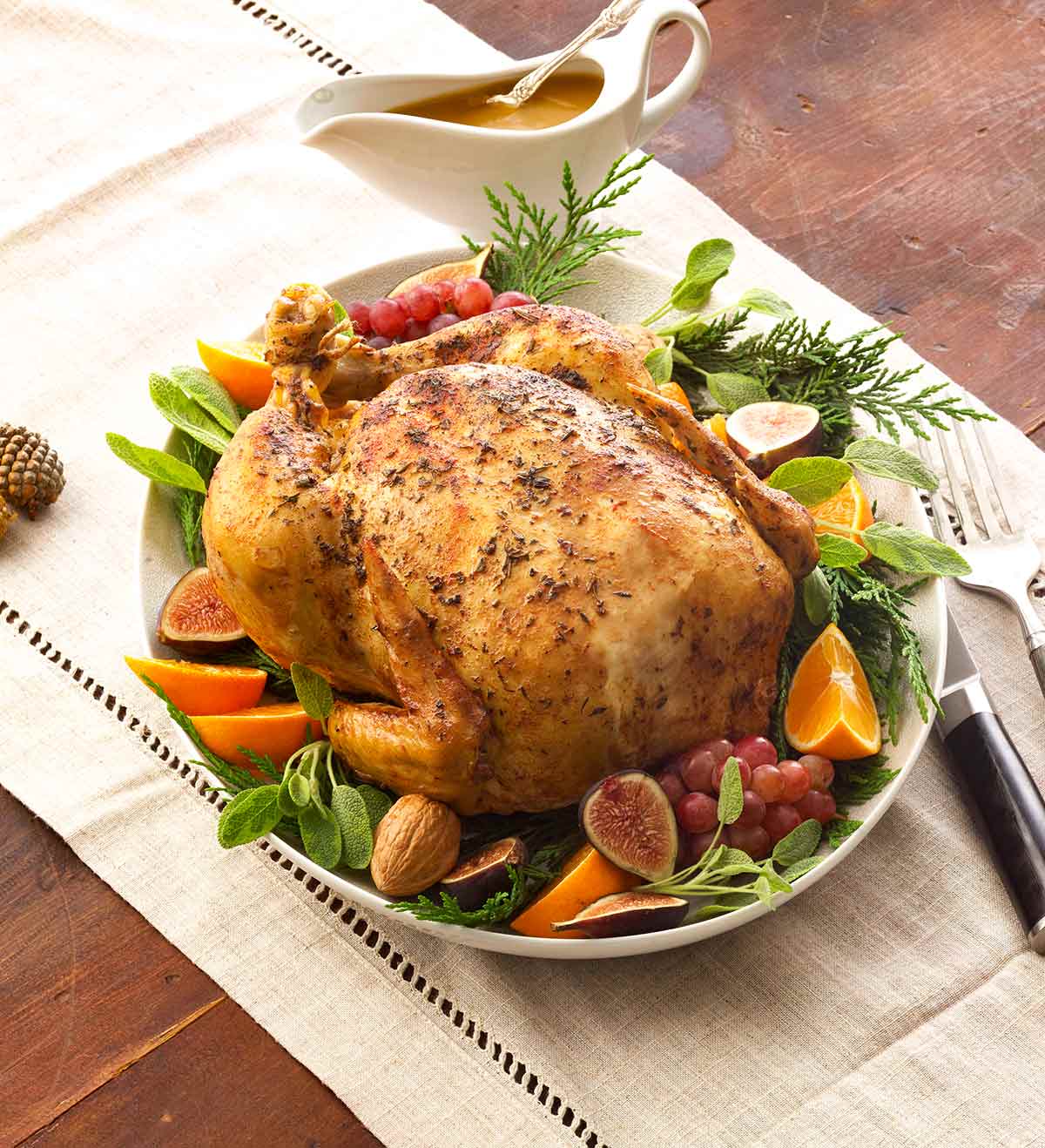
This is the type of turkey Dave Zier, owner of Zier’s Prime Meats & Poultry in Wilmette, Illinois, sells most often during the holidays.
One of the local farmers they’ve chosen to do business with is particularly careful in how he treats his pasture-raised birds—so careful he even goes so far as to slowly walk them a mile and a half to slaughter, a process that’s less stressful on the bird than typical practices and, consequently, turns out a far more tender, tastier turkey.
Not all pasture-raised birds lead such an idyllic existence. But chances are good their life wasn’t terrible.
Heritage
Heritage turkeys are the Rolls-Royce of gobblers and my pick for best bird.
Once teetering on the edge of extinction, these birds are descendants of the first domesticated turkeys in this country, says Wickstrom. While he notes they have excellent genes, he’s emphatic in his belief that the conditions under which a turkey is raised are as important as pedigree. That’s why heritage birds tend to be pastured-raised.
Perhaps just as important is the fact that they’re allowed 26 to 28 weeks to mature, twice as long as it takes factory-farmed birds to reach the same size. All this genetic preservation assures a deeper, more intense, and distinctive flavor plus a firmer texture compared to industrial-grown, chemical-tasting, self-basting birds.
“Heritage turkeys are delicious,” says Zier. “They’re like a wild turkey, but not gamey or dry. We have more and more people asking for them every Thanksgiving.”
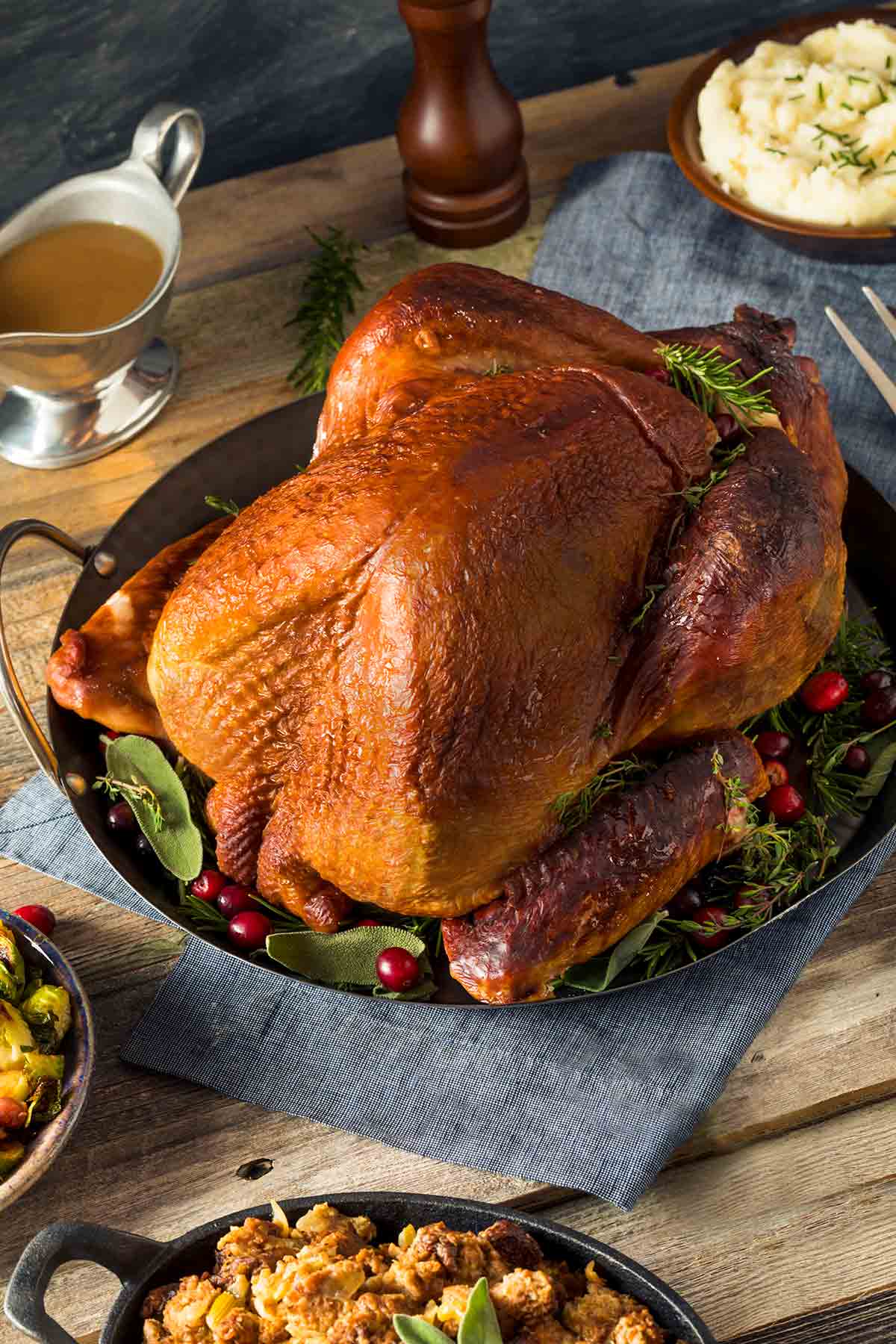
At up to $10 a pound, heritage turkeys trump the industrially-raised Broad-Breasted White variety not just in taste but in price. If you’re a turkey connoisseur and can swing the cost, it’s worth it.
White-meat lovers take note: Heritage birds don’t have the generously endowed breasts that supermarket turkeys do (which, by the way, is way out of proportion to reality—yet another example of our culture’s obsession with big breasts).
Granted, you’ll have less white meat with a heritage turkey, but it’ll be better-tasting white meat. Just eat more mashed potatoes.
How far ahead of time should I buy my Thanksgiving turkey?
If you’re purchasing a fresh turkey, there’s no need to pick it up any more than a day or two before roasting. If you’re starting with a frozen turkey, you can purchase it up to a year in advance, assuming you have the freezer space to store it.
What size of turkey should I buy?
Most food folks suggest allowing about a pound of turkey per person and a pound and a half if you have hearty eaters, although Zier advises a whopping two pounds. “If you want Thanksgiving leftovers, that is,” he adds.
Should that mathematical turn of events mean you’d end up cramming a 24-pounder into your oven, consider instead buying a couple of 12-pounders and roasting them side by side. (Trust us. They’ll cook more evenly. Here’s what else we have to say on the topic of roasting turkeys.)
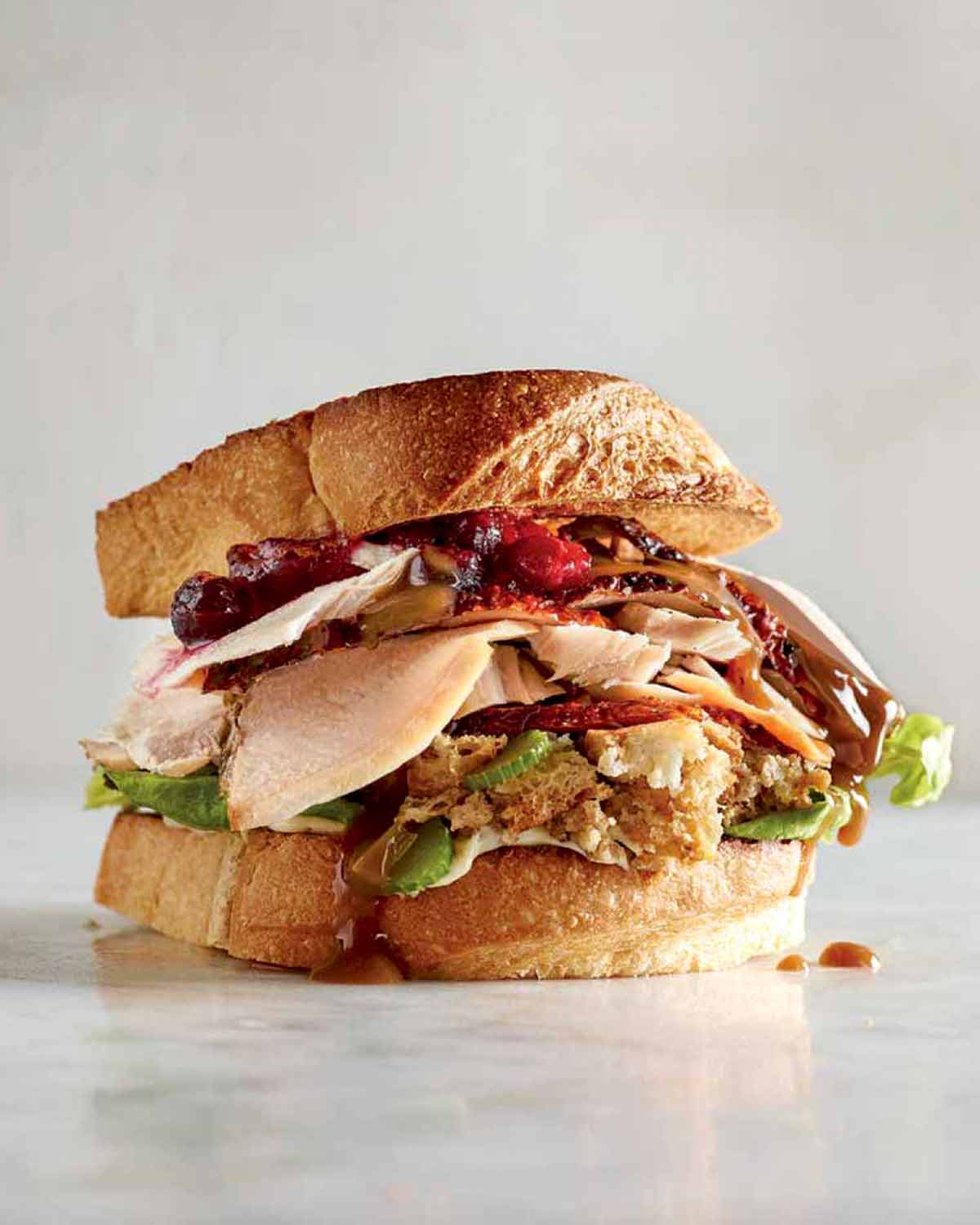
No matter the size of your bird, bear in mind that those pop-up timers often found on industrially processed turkeys are notoriously unreliable. Not only do they pierce the skin and let flavorful juices escape, but they can malfunction, leaving you to carve an under- or overcooked bird.
Use a reliable (preferably instant-read) thermometer, and follow these tips for finding the thickest part of the thigh.
How should I store my turkey?
Once you’ve angsted over picking the perfect turkey, and you’ve lugged the behemoth home, you have to store it. Hopefully, you have a nice roomy section of the fridge set aside for the turkey as it waits its turn in the oven.
If so, leave the turkey wrapped in plastic, and place it on a rimmed baking sheet or roasting pan on the lowest shelf, which is the coldest part of the fridge. This will also prevent any turkey juices from dripping onto anything else.
However, if you’re like The One and me, chances are your fridge is bulging with Thanksgiving desserts, cranberry sauce, and side dishes you’ve made ahead of the big day. In that case, haul out your insulated cooler, tuck that bird inside, and cover it with ice or freezer packs.
The important thing to remember is that you’ll need to ensure the inside of the cooler stays cold, ideally between 34° and 38°F. Now…aren’t you glad you splurged on that instant-read thermometer?
Replenish the ice or ice packs as needed, and don’t store your turkey this way any longer than two days.
A note on growth hormones
Growth hormones occur naturally in all animals. You’ll often see the phrase “no additional hormones” on labels.
But, as pointed out by turkey farmer Thomas Kauffman of Ho-Ka Turkey Farms, the use of growth hormones in all turkeys has been illegal since the 1950s. So although it may seem a persuasive selling point when you see it on labels, it’s actually a blanket policy for all turkeys. Stating a non-growth hormone policy sort of implies other producers use them and is a misleading, underhanded marketing tactic.

Sources For Thanksgiving Turkeys
All of these resources provide freshly butchered turkeys.
Fresh Heritage Turkeys
Heritage Foods USA
402 Graham Ave.
Brooklyn, NY 11211
(718) 389-0985
info@heritagefoodsusa.com
Heritage Foods USA
Mary’s Free-Range Turkey
6567 N. Tamera Ave.
Fresno, CA 93711-0924
(888)-666-8244
mary@marysturkeys.com
Mary’s Turkeys
Fresh Pasture-Raised Turkey
Diestel Turkey Ranch
22200 Lyons Bald Mountain Rd.
Sonora, CA 95370
(888) 666-8244
Diestel Turkey
Ekonk Hill Turkey Farm
227 Ekonk Hill Rd.
Moosup, CT 06354-2215
(860) 564-0248
info@ekonkhillturkeyfarm.com
Ekonk Hill Turkey Farm





